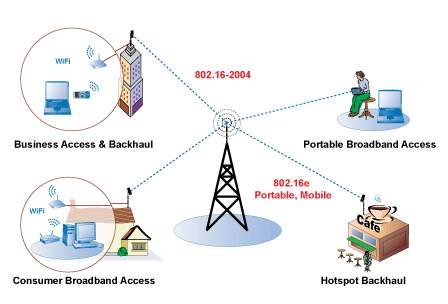802.16m, 4G, 300 Mbps, VoIP, and a partridge in pear tree bring consumers of mobile broadband an embarrassment of riches, or more pictures of Tiger Woods’ mistresses in bikinis. We’ll take it all.
Silicon suppliers, equipment makers and research organizations have announced a new initiative to accelerate interoperability of WiMAX 2, based upon the IEEE 802.16m standard. 802.16m builds upon 802.16e by adding new capabilities while maintaining backward compatibility. It meets the International Telecommunications Union requirements for 4G or “IMT-Advanced,” delivering higher system capacity – peak rates of more than 300 Mbps – lower latency and increased VoIP capacity. The 802.16m air interface standard definition began in 2006 in the IEEE as a follow-on to 802.16e, and is expected to be completed in the 2nd half of 2010.

WiMAX vendors Alvarion, Beceem, GCT Semiconductor, Intel, Motorola, Samsung, Sequans, XRONet and ZTE as well as the Taiwanese research organization, ITRI, have announced the launch of the WiMAX 2 Collaboration Initiative (WCI). The group will work closely with the WiMAX Forum to improve collaboration on performance benchmarking, joint testing of 4G applications over Wimax 2, interoperability testing, and certification processes.
The global recession dented the growth of Wimax in 2009, but the signs look good for growth with a strong showing for adoption in the first quarter of 2010.The Wimax technology propaganda can be digested here. Warning! Acronyms, standards, and world domination can be found all over this site.







